Taking it all In
Everyday, I try to find a few minutes to absorb the quiet beauty of this continent. Yesterday, we drove the Piston Bullies out to Cape Evans again to dive for fish, sea spiders, and even plankton. While waiting for the divers, I had a few minutes to step outside and just listen to the silence.
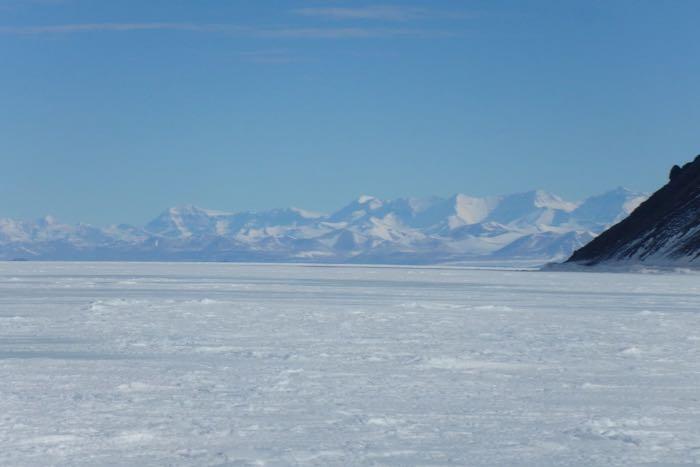 Royal Society Range near Inaccessible Island
Royal Society Range near Inaccessible Island
With the wind still for the moment, I could listen to the most absolute silence I have ever heard. No birds chirping in the background. No humm of insects. No howling coyotes. No leaves rustling. There is utter emptiness for miles upon miles. Facing some directions, there is unlikely to be another human- or even living organism- for hundreds or thousands of miles. Many places, there has never been a human step foot. It makes you think. This pristine environment must be protected. It also reminds me just how lucky I am to be here.
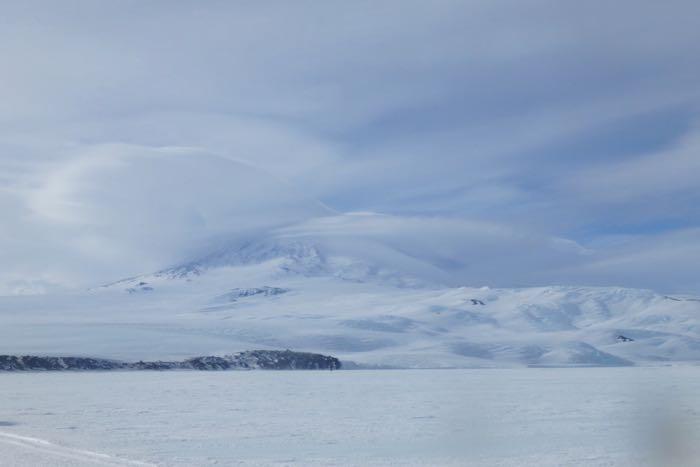 Mt. Erebus shrouded in clouds.
Mt. Erebus shrouded in clouds.
Plankton Project
Our scientists have turned us loose to create a project of our own for you to help us out with. We have decided to see the diversity and abundance of plankton at several locations around McMurdo Sound. I was interested in this because by class has studied diversity of benthic macroinvertebrates, and it would be a fun extension to study lake plankton too. Here is how it is going to work...
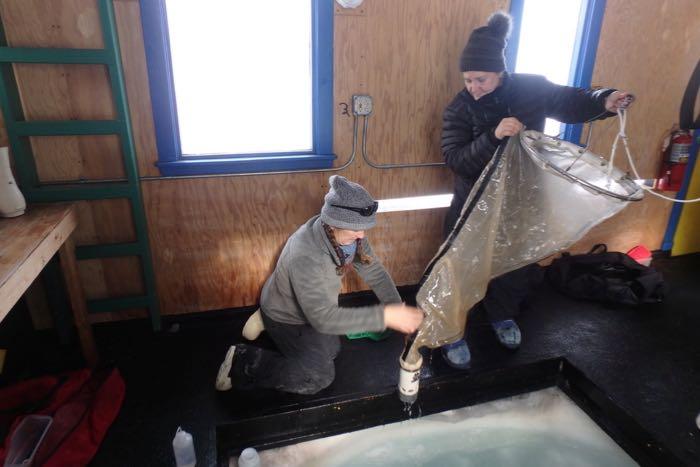 Denise Hardoy and Amy Osborne checking for plankton
Denise Hardoy and Amy Osborne checking for plankton
Our question is ...Is there a greater variety of plankton species at Cape Evans(furthest away from McMurdo,, The Jetty(nearest to McMurdo), or Arrival Heights(midway)?
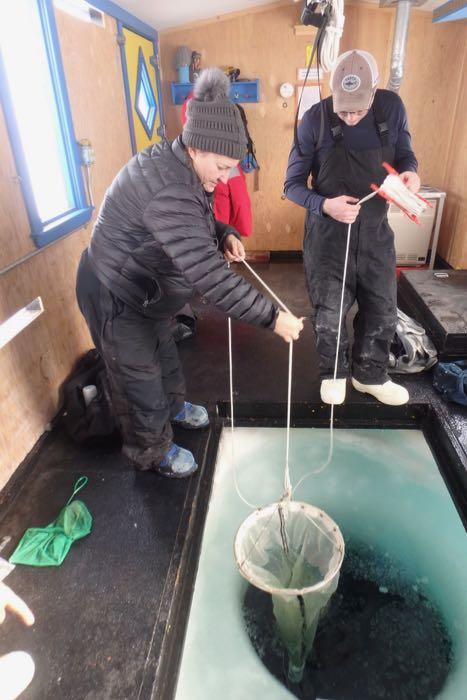 Denise Hardoy pulling up the plankton net from the Cape Evans' dive hole
Denise Hardoy pulling up the plankton net from the Cape Evans' dive hole
What is your hypothesis?
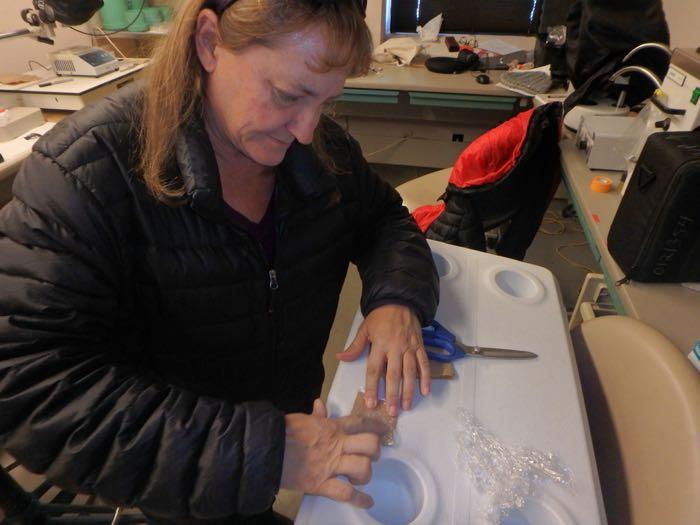 Denise Hardoy making a waterproof background to look for plankton
Denise Hardoy making a waterproof background to look for plankton
Protocol Part 1
We need to standardize our protocol so that all of our tests are comparable.
Part 1- collecting plankton
1. Drop the plankton net to the full length of the rope.
2. Pull the plankton net up
3. rinse collection cup into collection bottle.
4. Repeat steps 1-3 a second time.
Part 2
Back at the lab, we are going to filter some of the water out of the collection jar, and then try to count our catch. How many organisms do you think we will find? How many different types or organism? Do you think we will find more plant like, or animal like plankton?
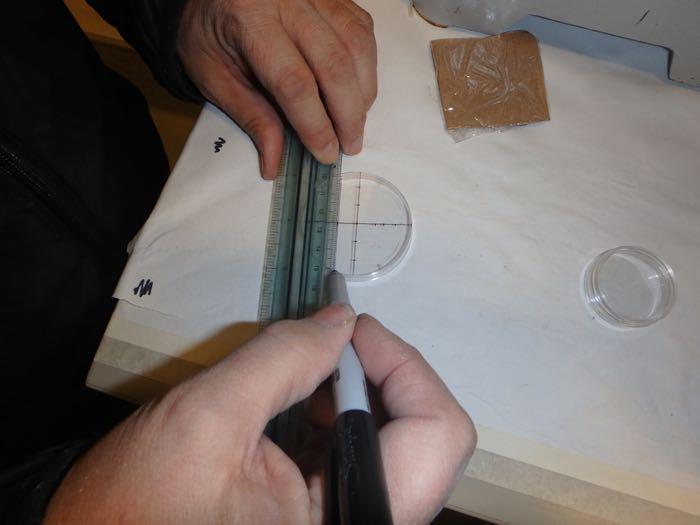 Drawing a grid on the plankton petri dish
Drawing a grid on the plankton petri dish
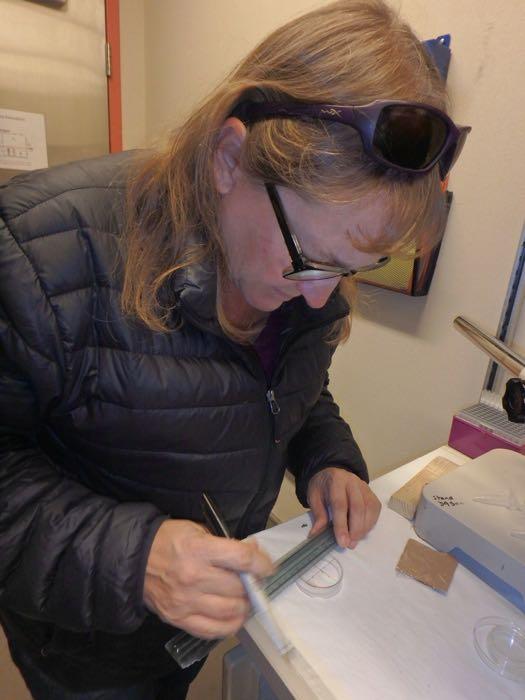 Grid to use to help count plankton in the petri dish
Grid to use to help count plankton in the petri dish
Stayed tuned tomorrow to help us identify the plankton we find!
Meanwhile..
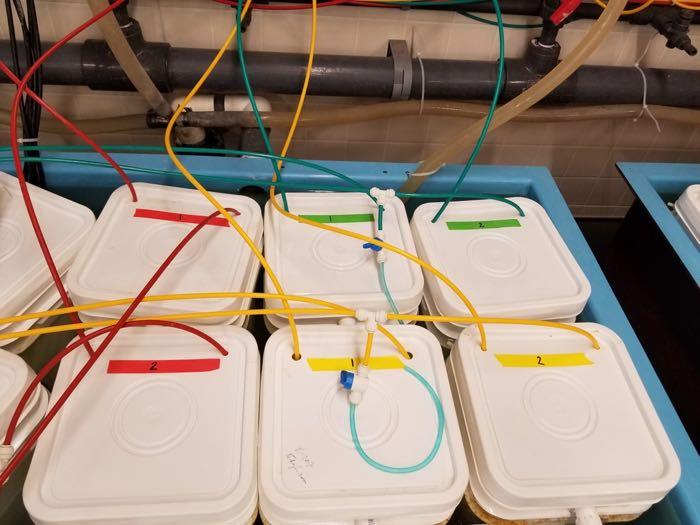 Buckets holding fish that are tested to verify that temperature and carbon dioxide levels are correct.
Buckets holding fish that are tested to verify that temperature and carbon dioxide levels are correct.
Our B-207 team is carefully monitoring all of our fish and their tanks as they are trying to acclimate to their environment. We check the whole system and temperature of every bucket every day. They check the pH twice each week, and they check alkalinity once a week. They also keep a close eye on the carbon dioxide system to make sure the concentrations stay stable. It is important to monitor these systems and ensure they are all running properly.
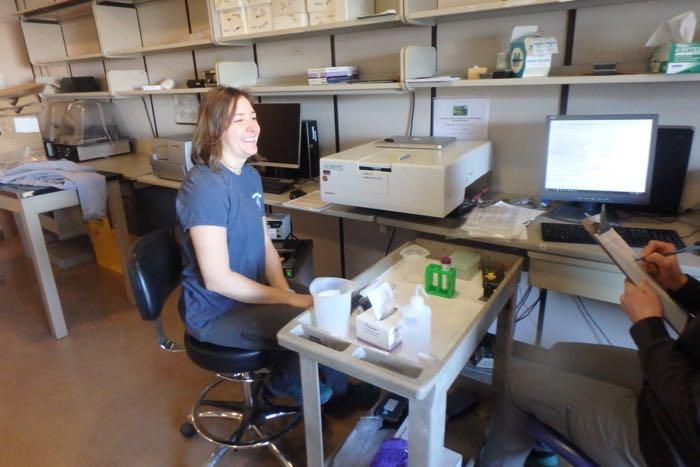 Amanda Frazier and Milica Mandic prepare to run samples through the spectrophotometer to determine the exact pH.
Amanda Frazier and Milica Mandic prepare to run samples through the spectrophotometer to determine the exact pH.
Shout Out
Today's shout out goes to Arroyo Seco in Greenfield fifth graders from Ms. Smith's class. Thanks so much for having me come to your class and signing a penguin for me to bring!
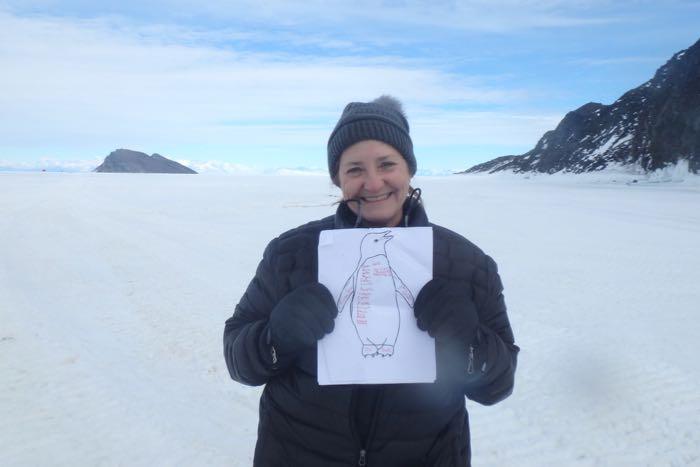 Arroyo Seco Academy's 5th Grade- Ms. Smith's Class
Arroyo Seco Academy's 5th Grade- Ms. Smith's Class
Tomorrow
Tomorrow we are going out to "The Jetty" to collect more fish. We need a few adults as well as some more T. pennellii. I'm looking forward to another day outside doing science!
Stay Cool,


Comments
Add new comment